
cd_nom

| Auteur : P. Gourdain |
 |
Pour se procurer la photo originale ou demander une autorisation d'utilisation, consulter :
Philippe GOURDAIN
Muséum national d'Histoire naturelle - Service du Patrimoine Naturel
36 rue Geoffroy Saint-Hilaire
CP 41
75 231 PARIS CEDEX 05
e-mail : inpn@mnhn.fr
Légende : Ouessant
Malgré la licence Creative Commons, n'hésitez pas à informer l'auteur de l'utilisation qui sera faite de sa photo
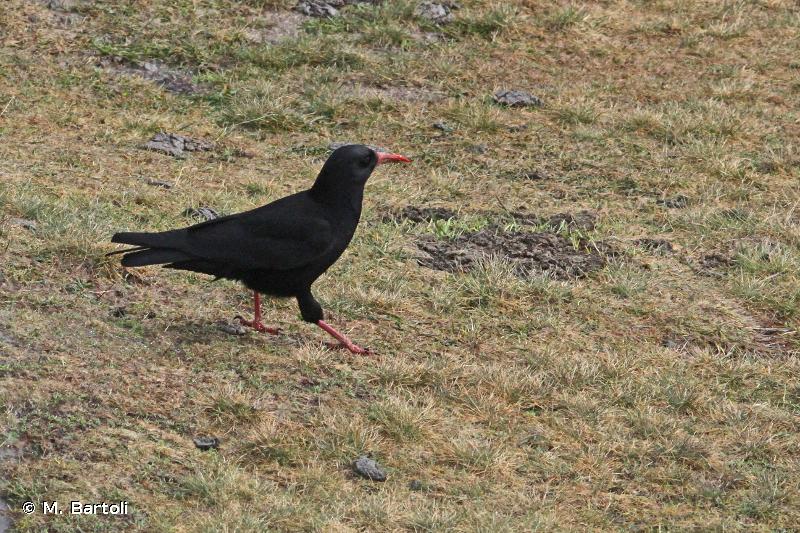
| Auteur : M. Bartoli |
 |
Pour se procurer la photo originale ou demander une autorisation d'utilisation, consulter :
Michel Bartoli
email : inpn@mnhn.fr
Malgré la licence Creative Commons, n'hésitez pas à informer l'auteur de l'utilisation qui sera faite de sa photo
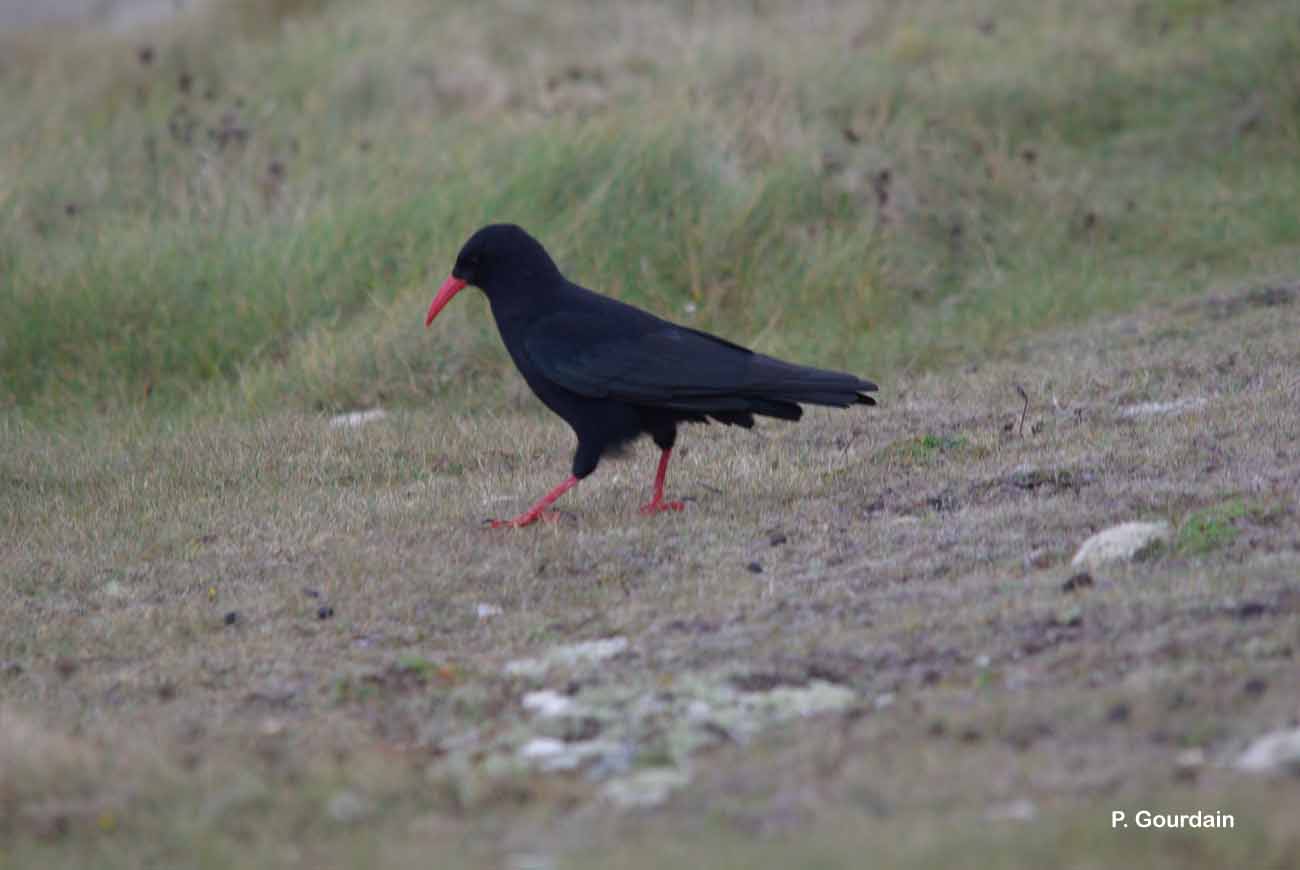
| Auteur : P. Gourdain |
 |
Pour se procurer la photo originale ou demander une autorisation d'utilisation, consulter :
Philippe GOURDAIN
Muséum national d'Histoire naturelle - Service du Patrimoine Naturel
36 rue Geoffroy Saint-Hilaire
CP 41
75 231 PARIS CEDEX 05
e-mail : inpn@mnhn.fr
Légende : Ouessant
Malgré la licence Creative Commons, n'hésitez pas à informer l'auteur de l'utilisation qui sera faite de sa photo

| Auteur : S. Wroza |
 |
Malgré la licence Creative Commons, n'hésitez pas à informer l'auteur de l'utilisation qui sera faite de sa photo

| Auteur : S. Wroza |
 |
Malgré la licence Creative Commons, n'hésitez pas à informer l'auteur de l'utilisation qui sera faite de sa photo

| Auteur : S. Wroza |
 |
Malgré la licence Creative Commons, n'hésitez pas à informer l'auteur de l'utilisation qui sera faite de sa photo
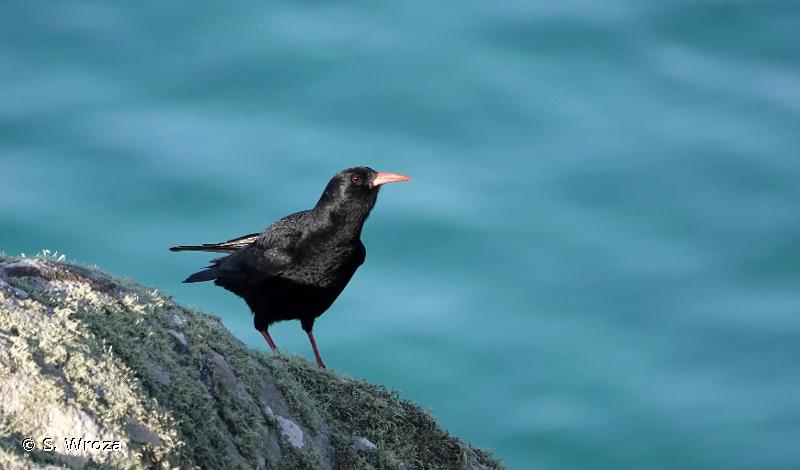
| Auteur : S. Wroza |
 |
Malgré la licence Creative Commons, n'hésitez pas à informer l'auteur de l'utilisation qui sera faite de sa photo
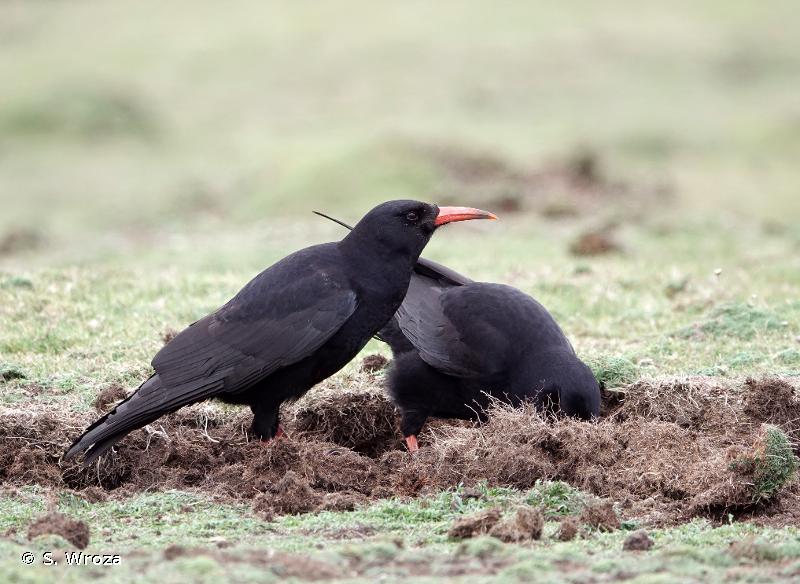
| Auteur : S. Wroza |
 |
Malgré la licence Creative Commons, n'hésitez pas à informer l'auteur de l'utilisation qui sera faite de sa photo
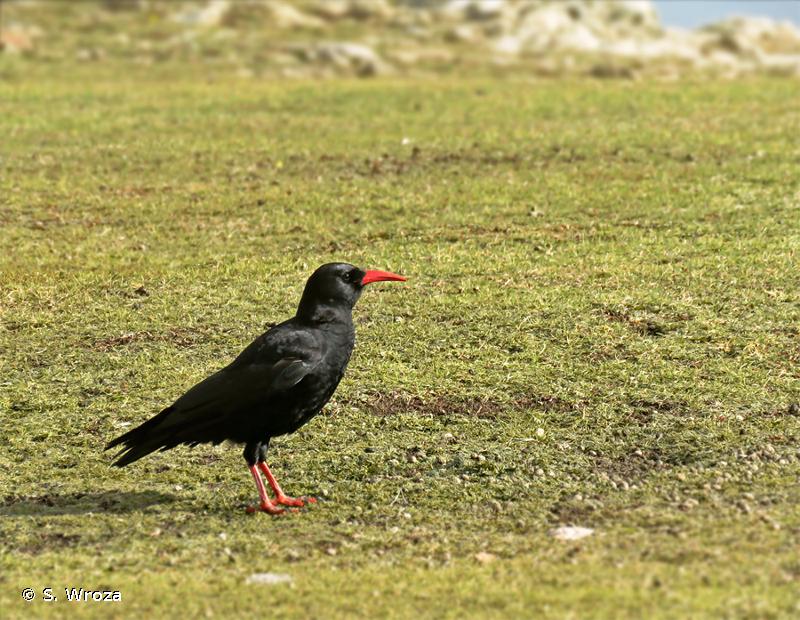
| Auteur : S. Wroza |
 |
Malgré la licence Creative Commons, n'hésitez pas à informer l'auteur de l'utilisation qui sera faite de sa photo

| Auteur : S. Wroza |
 |
Malgré la licence Creative Commons, n'hésitez pas à informer l'auteur de l'utilisation qui sera faite de sa photo
Taille/poids :
Longueur totale : 39 à 40 cm. Poids : 250 à 360 g.
Diagnose :
Le Crave à bec rouge est un petit corvidé au plumage entièrement noir présentant sous de bonnes conditions d'observation de légères irisations vertes et mauves sur la poitrine, les ailes et la queue. Les pattes et le bec, entièrement rouge vermillon, le distinguent facilement des autres corvidés. En vol, ses ailes, fortement digitées, présentent la même largeur de leur extrémité à leur base.
Détermination :
Simple. Facile sur photo.
Espèces proches :
Il ressemble, à distance ou en vol, au Chocard (Pyrrhocorax graculus) mais celui-ci présente un bec jaune, voire orangé chez les jeunes individus. Les cris, la silhouette de rapace ainsi que la queue plus courte caractérisent aussi le crave.
Période d'observation :
Toute l'année.
Biologie-éthologie :
Le Crave à bec rouge chasse principalement à vue des invertébrés actifs au sol tels que des coléoptères carabiques, des chenilles, des fourmis, des araignées. Il recherche aussi activement dans les tout premiers centimètres du sol des larves de coléoptères ou de diptères, des vers de terre. Il exploite enfin largement la faune associée aux bouses telle que les coléoptères coprophages.
Biogéographie et écologie :
L'aire de distribution du Crave à bec rouge s'étale de façon discontinue des rives atlantiques de l'Europe aux rivages pacifiques de l'Asie, principalement entre les 30° et 60° de latitude nord. Le Crave niche exclusivement dans des cavités de falaises, des avens, très exceptionnellement dans des bâtiments abandonnés. Il s'alimente presque exclusivement dans les habitats ouverts tels que les vires, affleurement rocheux, sur les pelouses sèches, les prairies et les landes rases.
Compilé par J. Comolet-Tirman à partir des Cahiers d’habitats.(UMS 2006 Patrimoine Naturel (AFB / CNRS / MNHN)),2017
continental
Métropole
Outre-mer
marin
Métropole
Outre-mer
La carte présente une synthèse à la maille 10 x 10 km des données d’observation de l’espèce transmises au SINP. Ces données ont été soumises à des filtres de validation.
La carte présente une couche de répartition de référence de l’espèce à l’échelle des départements et des secteurs marins. Les données de présence et d’absence ont été établies par expertise au sein d’un réseau de partenaires. Cette répartition de référence est utilisée dans le processus de validation des données du SINP au niveau de l’INPN.
Correspond à un signalement sur la base d'au moins une observation avérée dans une période de 10 ans (20 ans pour les invertébrés peu connus) précédant l'année de référence et aucune présomption de disparition depuis l'obtention de la dernière donnée ni doute sur le caractère reproducteur et implanté de cette population. Pour les espèces migratrices, la pr&easence indiqu&eae concerne les zones de reproduction.
Ce statut se base sur un ou plusieurs des critères suivants :
Ce point recouvre l'absence, par nature plus difficile à démontrer que la présence. Ce statut se base sur un ou plusieurs des critères suivants :
Ce statut doit également être attribué à un département dans lequel la présence de l'espèce est occasionnelle.
Cas particulier d'absence liée à une disparition avérée depuis moins d'un demi-siècle (les disparitions anciennes sont traitées comme « absence probable ou certaine »).
Dans l'état des connaissances, on ne peut pas se prononcer sur la présence ou l'absence actuelle dans le département. Il s'agit du statut utilisé par défaut quand on ne se situe pas dans une des catégories précédente ou dès lors qu'il y a un doute.
La carte présente la répartition mondiale de l’espèce à partir des données du GBIF (Global Biodiversity Information Facility - Système mondial d'information sur la biodiversité).
